THE PODCAST
Elevating the conversation about all things tactical.
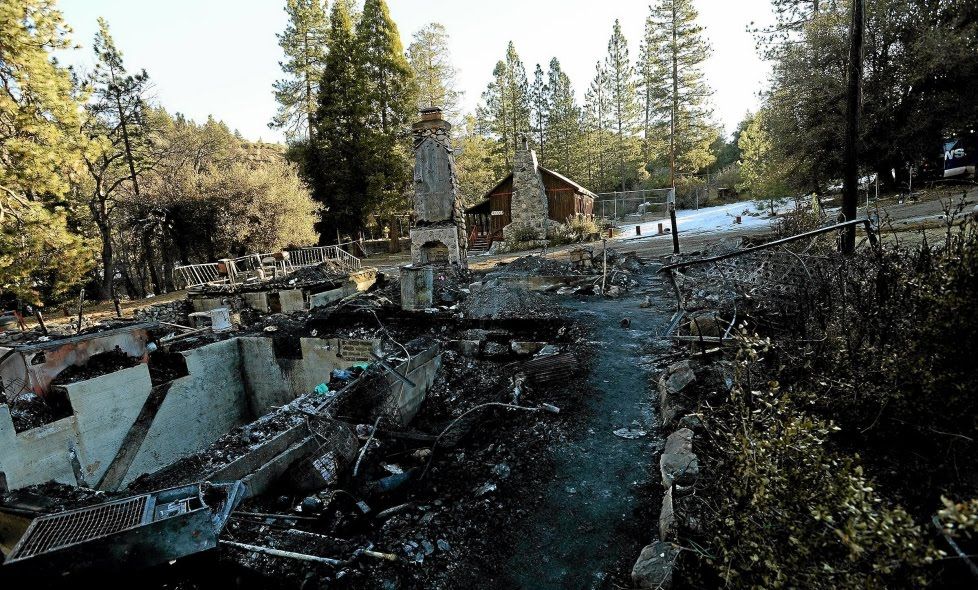
The Dorner Saga: A War Waged Against California Law Enforcement
An ex-police officer went off the deep end and committed a series of ambushes as he sought revenge for alleged injustices that lead to his firing. Christopher Dorner declared “unconventional, asymmetric warfare” against LAPD and targeted police officers and their families, resulting in 4 murders and several other attempts. Dorner’s story ended when Deputies cornered him in a cabin and set the place on fire with burning chemical munitions. Mike tells the story with some editorial on tactics and mis-steps of law enforcement along the way.
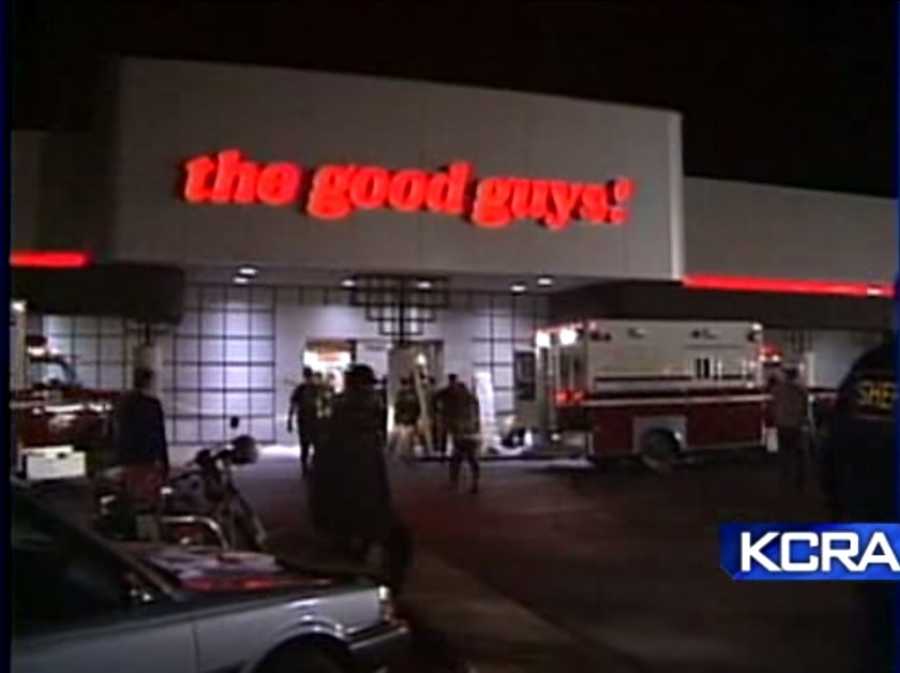
Gunmen Take 41 Hostages in an Electronics Store: The 1991 Good Guys Rescue
Four refugees entered a “Good Guy” electronics store and took over 40 employees hostage. After hours of deteriorating crisis negotiations, a SWAT team conducted a dynamic hostage rescue. We cover the “doomed captives” concept, tactical considerations, and what went right and wrong.
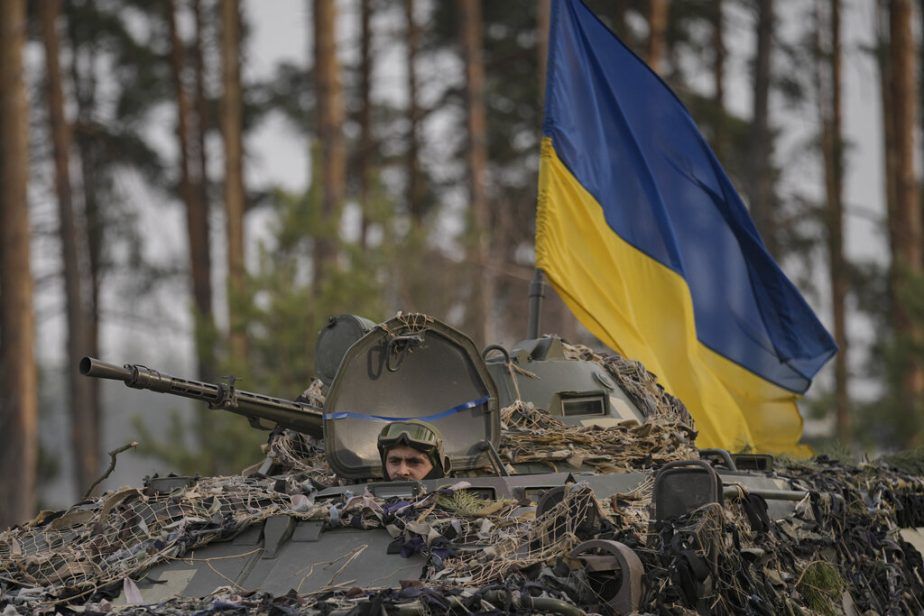
Short Talk: Big Picture Lessons from Ukraine
Jim gives us a quick review of the key tactical and strategic lessons coming out of Ukraine, including things like the role of tanks in modern conflict, drones and airpower, and information warfare. Russia has been learning lots of lessons like: stay out of Ukraine!

Doing More with Less: Scaling Resources in Major Incidents, Training, and Leadership Development
Whether you are trying to deliver consistent training to thousands of people or manage a major critical incident one thing is for certain: More is not always better. But a lot of tasks at major events are manpower intensive and we need to make the most of the available resources. This is a thought exercise especially for people who work in either really big or really small organizations who want to be able to scale up or down according to their needs, and who need to develop expertise in their front line troops and supervisors.
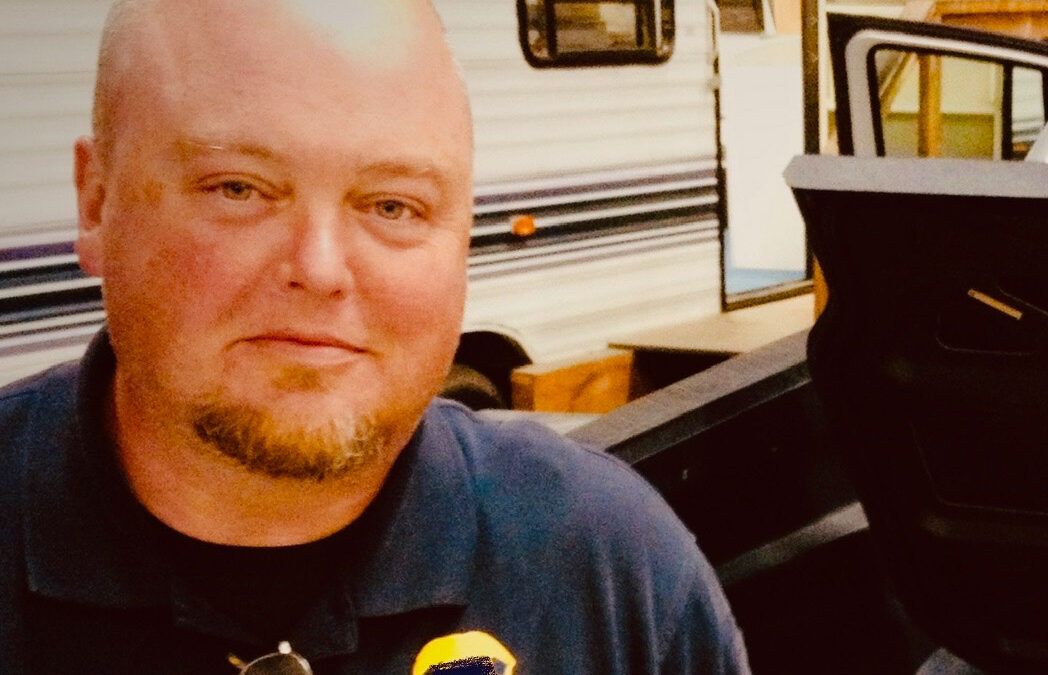
Mike Willever of Active Self Protection, Host of the ASP Podcast
Mike is a retired Special Agent from Homeland Security Investigations who also worked as a local cop back in the day. Now Mike hosts the ASP Podcast where he deep-dives critical self-defense encounters from both the civilian and public safety worlds. We compare and contrast federal and local law enforcement, and then we talk about some of the aggregate trends and lessons from the interviews he’s done since he started the podcast for Active Self Protection.
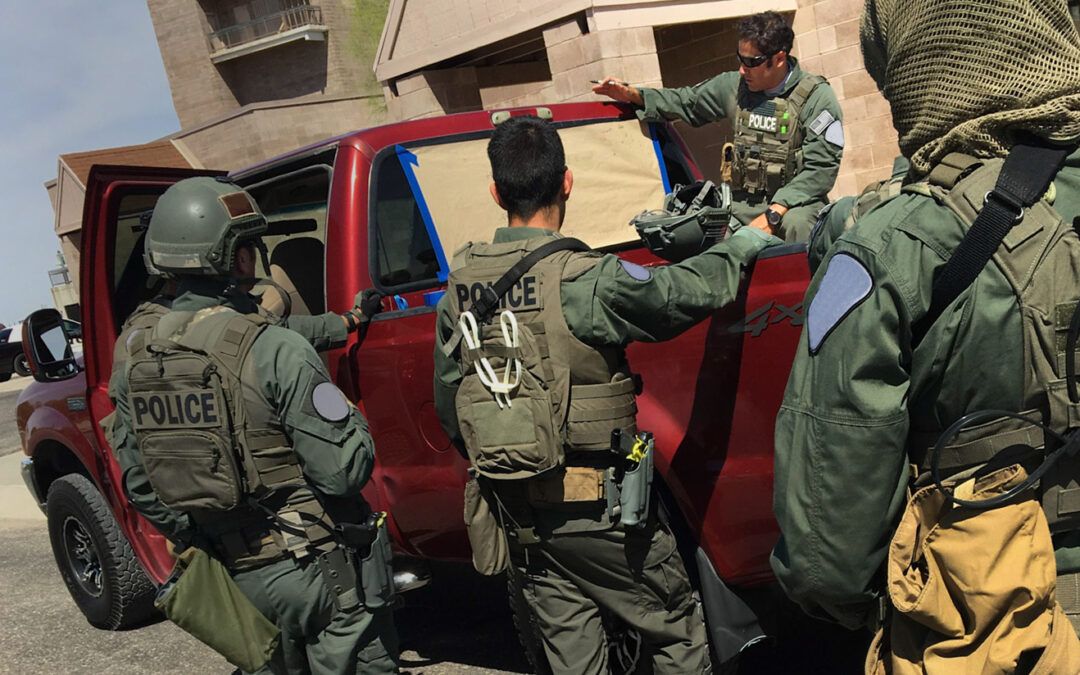
Leadership Vol. 2: Your (Shitty) Attitude is Contagious
You own the culture of your team.
There is more to leadership than rank or titles—and before you know it, you’re the guy or gal with just a few years on when you realize you’re not the rookie any more. We talk about capitalizing on good mentoring and working within your sphere of influence to build a foundation of resourcefulness that will keep you happy, your bosses happy, and set you up for success down the road and avoid toxic or cancerous working environments.

Short Talk: Killing People-Don’t Beat Around the Bush
A pet peeve of ours is when people talk about deadly force and say, “Do what you gotta do.” As instructors, using explicit language when teaching about lethal force is vital when there is a threshold that cannot be crossed. We have to help our students mentally prepare and morally reconcile lethal force so that they can be decisive when lives are at stake.

You can’t save them all: Dealing with mass casualty incidents
The medical treatment for trauma patients doesn’t change just because there are a lot of them. Managing large scenes is fundamentally a logistics problem and requires leadership, teamwork, and communication. We discuss ways you can learn to deal with triage, incident command, and scene management that doesn’t involve fancy medicine or bigger kits.

Short Talk: Less Lethal Training and Tools
In between a harsh word and hollow points we need a stepping stone of some kind, training or a tool for situations which lethal force isn’t called for. Mike and Jim talk advantages and disadvantages of OC Spray, Taser, and other less lethal tools.
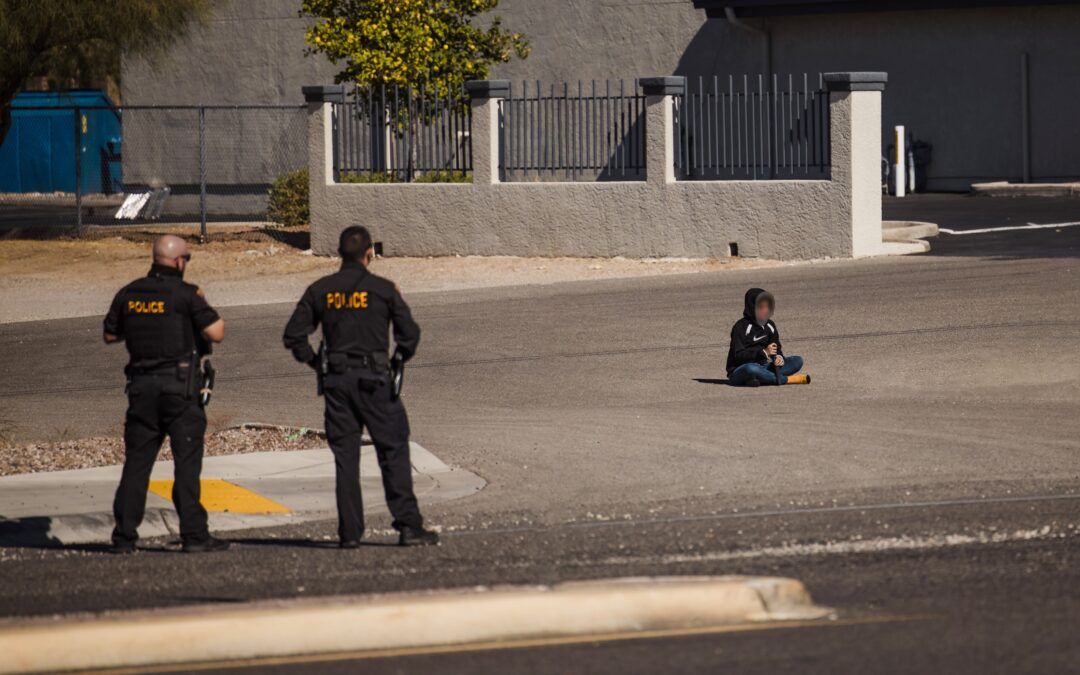
“Don’t Shoot The Hostage:” How to deal with a person in crisis
Mike and Jim condense a 40 hour week of crisis intervention training into an hour discussion about tactics, dos, and don’ts related to talking to and otherwise dealing with someone who is suicidal or in crisis.

Making Sure the Kids are Alright
It’s important to feel responsibility for, not just the organization, but also for the people who make it up. Those people include the newest noobs, and if you want to help the organization be effective, mentoring those recruits is essential. Mike and Jim are here to tell you that mentorship isn’t a thing that can be established in an org chart, but has to grow organically, and in this episode they’ll tell you how you can foster mentoring in a place where it can’t be foisted.
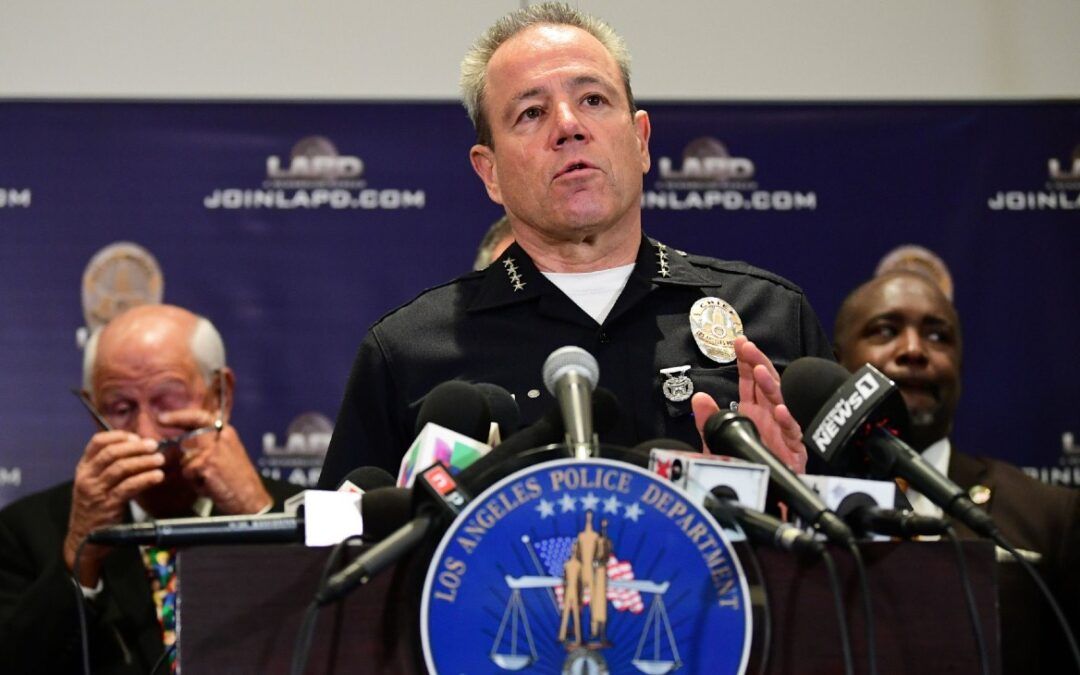
Having Public Affairs Without Screwing Up
Mike reminds us that “Responsibility to the Community” is not just a slogan on a squad car door in this episode, where he and Jim talk about the necessity of keeping the public informed in a manner that is both helpful to the public and not harmful to ongoing investigations. ”Public Affairs” is more than just a job title, and requires keeping in mind the emotions that surround complex situations.
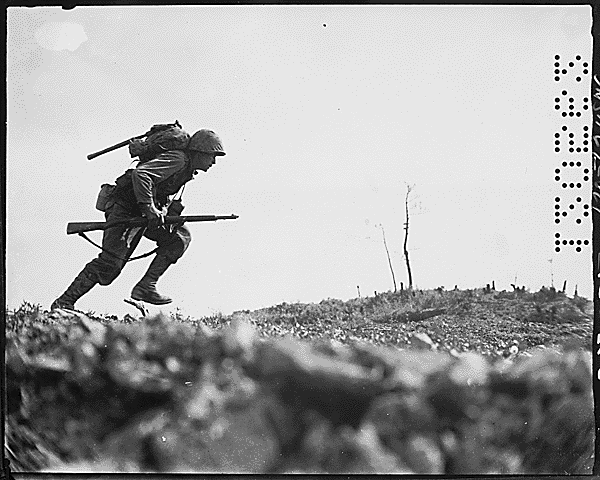
The Case of “The Mission v. The People”
In dangerous career fields like the military or law enforcement, there’s an unavoidable tension of priorities between the mission and the safety of the people on the team who need to accomplish it. It’s one thing to say you put your people first, but if it was a safe job, they wouldn’t issue body armor. In today’s episode, Mike and Jim demonstrate the ways this can be a false dichotomy and how to keep everyone on the team on the same page.
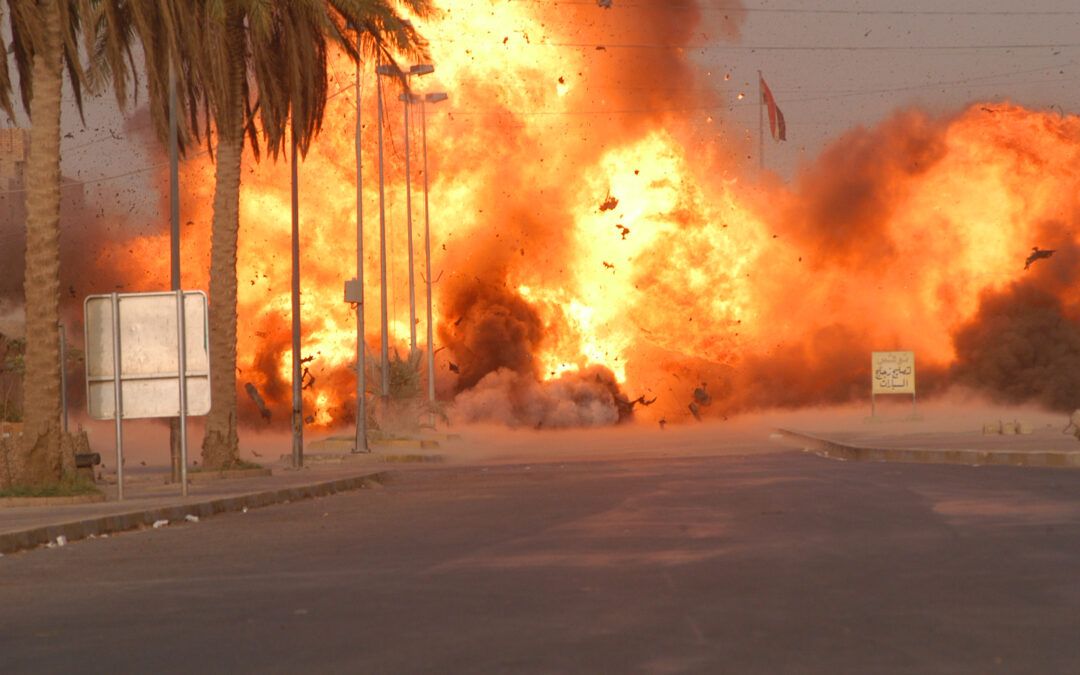
We Don’t Like the Bombs, the Bombs That Go Boom.
Just like there are certain weather conditions that are likely to breed hurricanes or other severe storms, we’re currently experiencing social weather, both globally and at home, that’s creating favorable conditions for bombers. There are enough angry people, with enough information, and ample opportunity to make things explode. Tune in for some info on what to look for. (Hint: It’s not a bundle of red sticks taped to an alarm clock with an “ACME” label.)
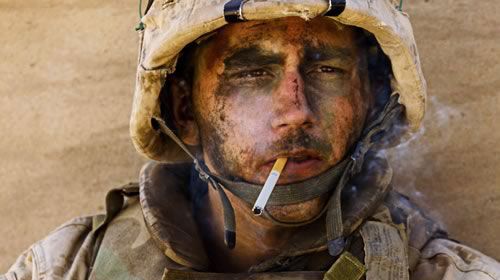
Your Candle Only Has Two Ends
In any tight-knit organization, attitudes are contagious, and that goes double for lousy ones. It’s common for the word of hard-chargers attracted to “tactical” work to brag about the amount of time they put in, for example the number of hours worked, and treat it as a benchmark. But the more the work load piles up, the more easily frustrated you get, and that can feed the bad attitude spiral. Listen in as we talk about ways to reduce work-related fatigue and maintain a healthy work/life balance…tactically.
No Results Found
The page you requested could not be found. Try refining your search, or use the navigation above to locate the post.
Philando Castile
In July 2016 a police officer in Minnesota stopped a car and the driver informed the officer that he was armed. The driver was apparently reaching for his wallet, but the officer perceived that he was reaching for the gun. The officer gave him instructions to not reach for it, the driver said that he wasn’t, and somewhere in the mix the officer shot and killed him. The driver’s name was Philando Castile. The officer was charged with manslaughter but was acquitted by a jury. He was fired by his agency.
Riting for Cops
Poor writing kills cops. It kills cops because it doesn’t play well in the media or in court. That stilted pseudo-professional way of writing in passive voice makes cops sound intentionally opaque, robotic, and incompetent. Bad writing invites scrutiny, ridicule, and enhanced oversight by people who are far-removed from tactical reality…
Home Security: Defense in Depth!
Every gun guy (and lady) has thought about how they might have to confront an intruder coming into their house. Too many times, when talking home defense, I have heard the conversation go to that universal language of the pump shotgun
Lessons from Aviation
3 Key Lessons from Tactical Aviation In my military career, I have sat through A LOT of training....
21 Foot Rule
One of the patterns we have noticed lately is how intense the tactical community’s relationship with fads can be. The Sheepdog analogy is a useful way to help a young soldier or cop begin to understand that they have to be prepared to do violence, but in a constrained way. It tends to fall apart when taken too far, though. The Spartan legacy is useful in inspiring toughness – but that doesn’t mean you have to run around wearing a helmet and shield. In the tactical training telephone game, good ideas can morph into rules and then into obsessions, and in the process, they can lose their utility. One of the big ones is the 21-Foot Rule.
